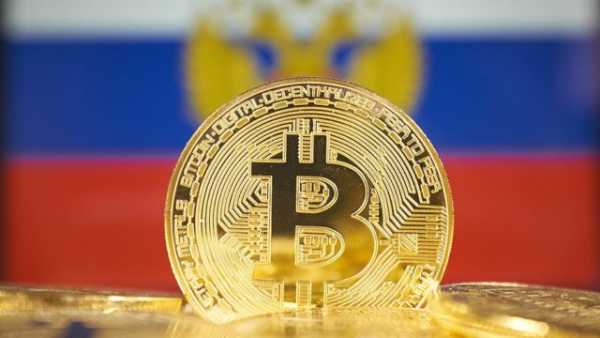Russian authorities link illegal mining to 200% rise in video card sales

This year, Russia has seen a noticeable increase in demand for video cards for cryptocurrency mining, which is due to high prices for cryptocurrency and low electricity tariffs in certain regions, which facilitate illegal coin mining.
According to experts interviewed by local media, financial losses from this phenomenon are expected to exceed the 10 billion rubles registered by Russian authorities in 2024 this year.
Video cards are in demand for mining, gaming and artificial intelligence
The rise of illegal mining in Russia has been made evident by a sharp increase in sales of graphics processing units (GPUs). These devices, also known as video cards, are often installed by Russians in basements and garages or hidden near power substations to connect to the grid without paying.
So-called “black mining” is one of the most widespread forms of crypto-crime in the country, and many regions are struggling to cope with its consequences, Russian daily Izvestia reported in a publication on Friday.
The powerful chips are needed by both “black miners” who use stolen energy and “gray miners” who enjoy preferential electricity supplies in some parts of Russia. As a result, their sales almost tripled in the first half of 2025, the newspaper reports.
M.Video-Eldorado, Russia's largest consumer electronics retailer, said demand for graphics processors in its stores increased by 233% in both revenue and units sold over the period. The company, also a major player in e-commerce, attributes the growth to increased interest in AI-powered games and apps.
Miners also made their contribution, IT specialist Daniil Arzhakov believes. He emphasized that the strengthening of the ruble made more productive and efficient video cards cheaper and more accessible on the domestic market.
High Demand for GPUs Points to Illegal Mining
The increase in video card sales indicates a rise in illegal mining, says Vadim Kovalenko, a lecturer at the eSports department at Synergy University. He warned that this trend could lead to an energy crisis and an increase in shadow business.
He worries that Russia could end up like countries like Iran and Kazakhstan if it does not get the situation under control. Those countries blamed power outages and accidents on illegal mining before authorities took steps to curb it.
Kovalenko clarified:
“Without established rules – tariffs, government control and anti-theft measures – power outages and an increase in criminal mining are expected.”
The Russian government is working on the problem at both the federal and local levels. Mining is currently banned in about a dozen regions, from Siberia to occupied Ukraine, including the North Caucasus, where illegal mining is active in Dagestan, Ingushetia, and Karachay-Cherkessia.
Parliament is debating a ban on coin mining in data centers in order to reserve their capacity for AI development, and a proposal to remotely disconnect even legal crypto farms from the grid to reduce consumption during peak hours is also being considered.
Igor Bederov, founder of the Russian company Internet Search, commented:
“Black mining is an attractive activity in a number of regions of the Russian Federation. The Caucasus remains the leader in the number of “black miners”, that is, those who steal electricity.”
According to analysts at the Stolypin Institute for Growth Economics, the damage from illegal mining last year was about 10 billion rubles (more than $125 million). Their estimate for the current year has not yet been published, but the losses will likely exceed previous figures.
In 2024, Russia legalized the mining of cryptocurrencies such as Bitcoin. Companies and individual entrepreneurs working in this sector must register with Russian tax authorities.
Individuals can mine without registration if their electricity consumption does not exceed 6,000 kWh per month. Failure to register when exceeding this limit will soon lead to large fines and confiscation of coins.
Source: cryptonews.net



